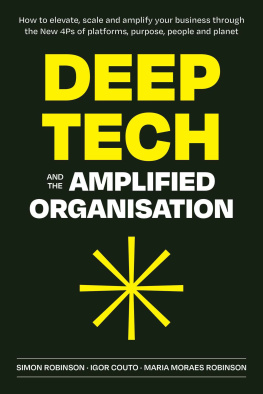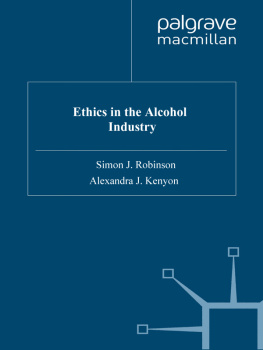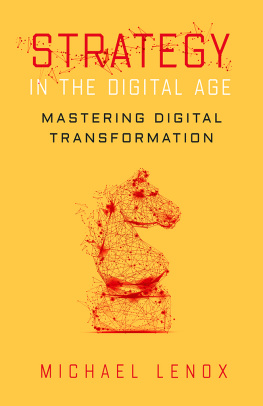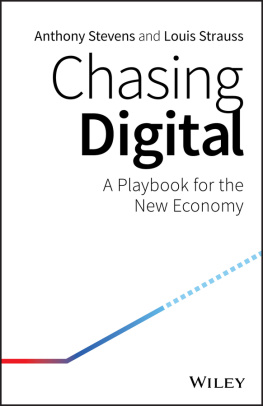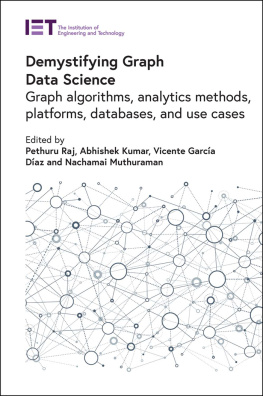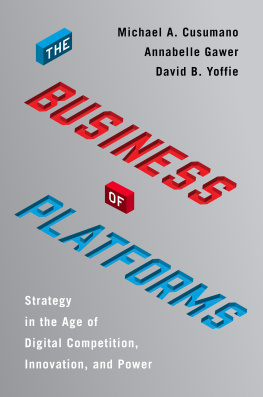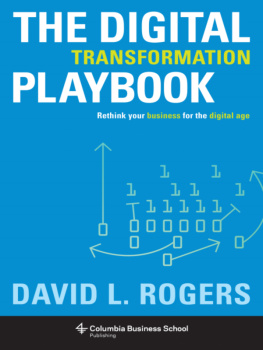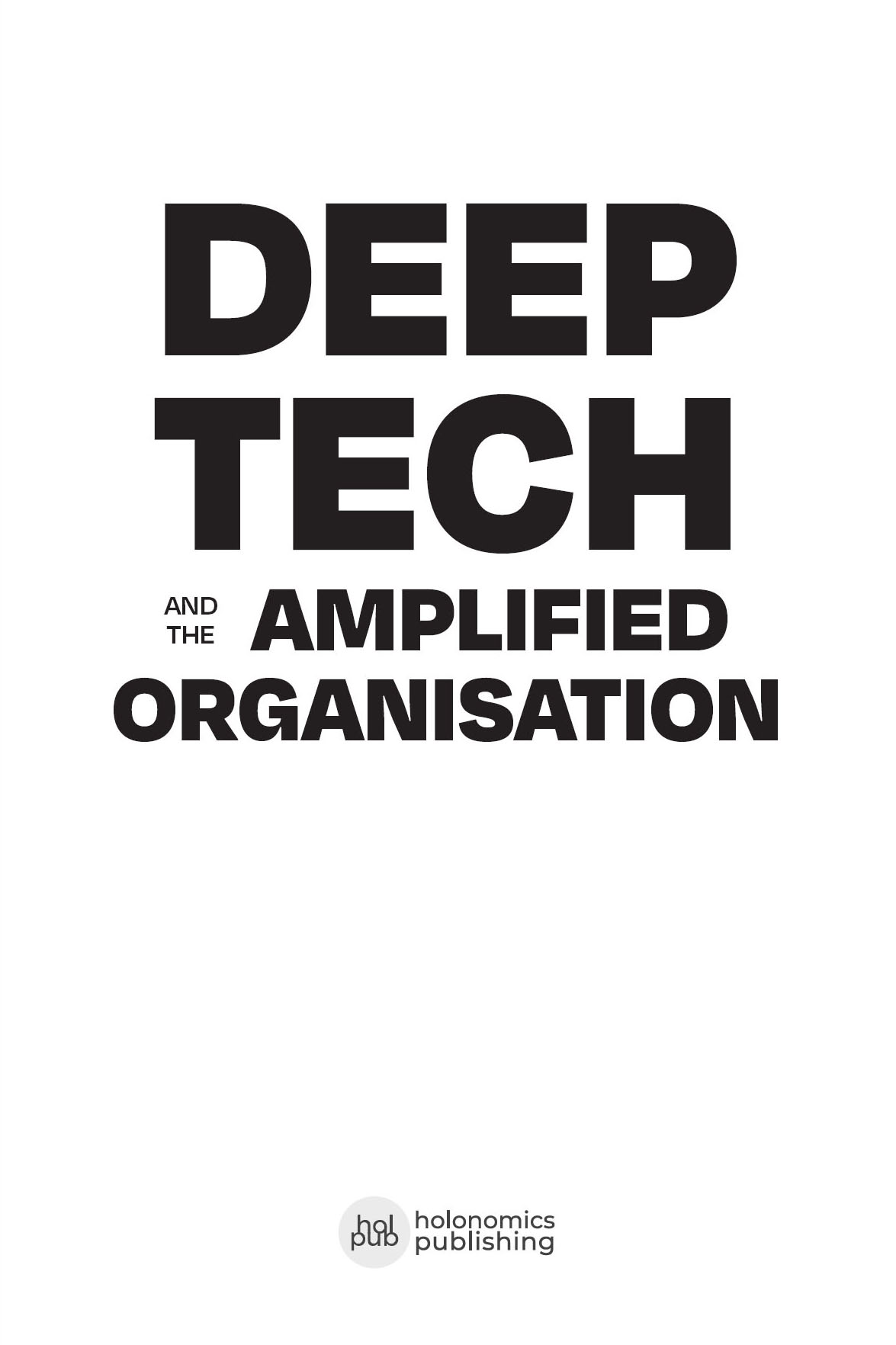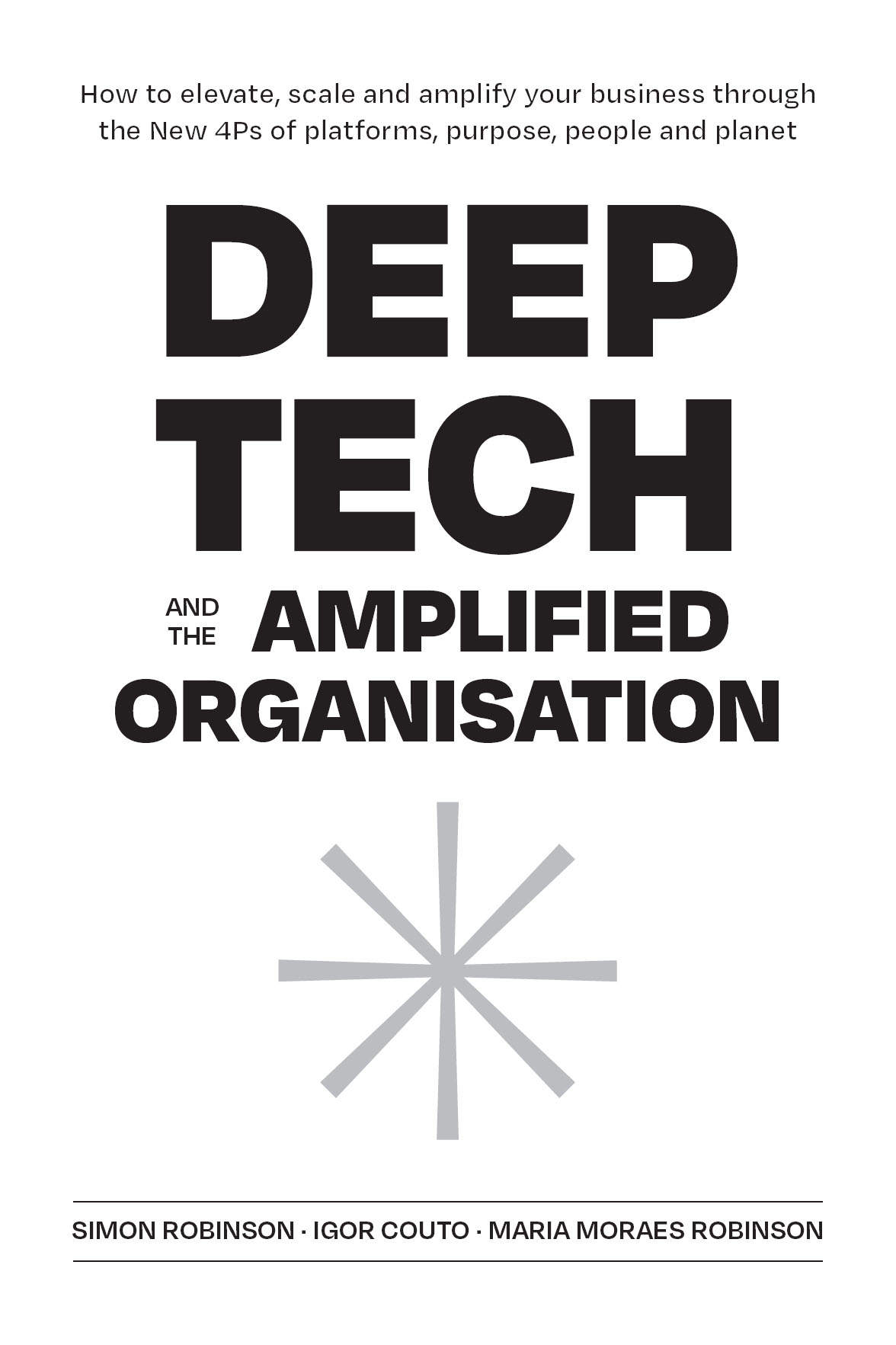Praise for Deep Tech and the Amplified Organisation
A powerful blueprint for developing a 21st-century purposeful organisation. CEOs, designers and technologists alike will all take inspiration from this transdisciplinary approach to Deep Tech.
Dave Gray, Founder of XPLANE and author of The Connected Company, Gamestorming and Liminal Thinking
A future we have never experienced was birthed while many werent looking. The authors offer a profound shift in perspective in this insightful roadmap for Deep Techthe possibilities, the unintended consequences and the compelling need to make the human dimension (and truth) a more powerful part of the equation. In your hand is an essential playbook for the future. Drink in the soulful wisdom on these pages. The evolution of humanity depends on it.
Kimberly Faith, Systems Thinking Expert, Futurist and Award Winning Author
In a context of continuous change, the connection between platforms, purpose, people and our planet represents a promising path for the challenges of Industry 4.0. Deep Tech and the Amplified Organisation inspires us to promote more collaborative environments in organisations, where creativity and knowledge can be shared to solve present and future challenges, generating a conscious impact for a better world.
Ricardo Carvalho, CEO of CBA Companhia Brasileira de Alumnio
Brilliant! Deep Tech and the Amplified Organisation provides a path for leaders to action and reflection in uncertain times. Unlike other organisational and technology-oriented frameworks, it underlines the significance of human values and the potential, creativity and profound impact decision-making has on our planets natural ecosystems. A must read for those stepping into the future, change agents and systems thinkers!
Andrea Somoza-Norton, Ed.D, Associate Professor, Educational Leadership and Administration Program, California Polytechnic State University
It can be easy at times for those of us working in sustainability to feel pessimistic about the future and the direction that current technology trends are taking us. Deep Tech and the Amplified Organisation offers concepts and solutions that leverage deep technology to help us re-engage with our universal human values. This is a fascinating and inspiring read that anyone passionate about technology, sustainability, or the future of humanity will want to read.
Denise DeLuca, Director, MCAD Sustainable Design Masters program, Board President of the International Society of Sustainability Professionals and author of Re-Aligning with Nature: Ecological Thinking for Radical Transformation
At a time when the adoption of advanced technologies is accelerating, Deep Tech and the Amplified Organisation and its authors show how a systemic view and the relationships between these new technologies, humanity and the environment are of fundamental importance, since moments of true evolution never have technology as an end in itself.
Giuliano Michel Fernandes, Head of Marketing and Communications, CBMM
In an era reeling from the unintended consequences of shortsighted technological applications, its refreshing to see a clear-eyed business strategy for reinventing the application of deep technology platforms so that they leverage and amplify social equity and ecological vitality. The authors of Deep Tech and the Amplified Organisation lay out a bold blueprint for business leaders to spark a collective and purpose-centred scaling of systemic organisational impact that makes a regenerative future more possible. If we ever have any hope of redirecting deep technologies to holistically serve human aspirations for a better future for all, this book is an impressive contribution to that roadmap.
Scott Boylston, Graduate Coordinator, SCAD Design for Sustainability Masters Program and author of Designing with Society
First published in 2021 by Holonomics Publishing
Copyright 2021 Simon Robinson, Igor Couto and Maria Moraes Robinson
The right of Simon Robinson, Igor Couto and Maria Moraes Robinson to be identified as the authors of this work have been asserted by them in accordance with the Copyright, Designs and Patents Act 1988.
All rights reserved. No part of this book may be reproduced, stored or transmitted by any meanswhether auditory, graphic, mechanical or electronicwithout written permission of the publishers, except as permitted by the UK Copyright, Designs and Patents Act 1988.
To apply for permission to reuse the copyright material in this book, please visit holonomics.co.
Holonomics Publishing is the UK-registered publishing division of Holonomics.
Office 7, 35-37 Ludgate Hill,
London,
EC4M 7JN
www.holonomics.pub
Holonomics is a registered trademark in the United Kingdom.
A catalogue record for this book is available from the British Library.
ISBN: 978-0-995-71582-0 (paperback)
ISBN: 978-0-995-71583-7 (ePub)
Because of the dynamic nature of the Internet, any web addresses or links contained in this book may have changed since publication and may no longer be valid.
Front cover design and layout: Igor Postiga
To our friends, families and colleagues who have supported us in the writing of this book
Contents
Figures
Preface
In 1975, two young Australian electronic enthusiasts, Kim Ryrie and Peter Vogel, had a dream to create the worlds greatest synthesiser. Despite starting with just a few hundred dollars, they launched their flagship product in 1979, the Fairlight CMI, the first commercially available synthesiser to include sampling technology, allowing it to reproduce any sound in the world. While no more than 500 were sold over the Fairlights production history due to it costing USD 100,000 in todays money, the machine revolutionised pop music, starting with Peter Gabriel who Vogel had managed to meet by chance when he first brought the synthesiser to the UK.
The first artist to purchase the instrument was Led Zeppelins John Paul Jones, who was soon followed by various prominent UK artists such as Rick Wright, Alan Parsons, Thomas Dolby, Nick Taylor and Kate Bush. The synthesiser was also adopted in the US with artists such as Joni Mitchell, Stevie Wonder and Herbie Hancock.
With an orchestral stab as one of its preset sounds, the sampling power of the Fairlight would lead to the Musicians Union in Britain worrying that their members would no longer be necessary for the production of music. This concern did not diminish the enthusiastic manner in which rock and pop stars fully embraced the new technology and the new creative horizons which had opened up for them. Having broken his collarbone and being unable to drum, Stewart Copeland from the Police would use the second generation CMIs sequencing feature to program, leading him to claim that it had saved him and put him on the map as a composer. By contrast, when drummer Phil Collins released No Jacket Required, he wrote, There is no Fairlight on this Record on the albums inner sleeve.
The computational power and musical production applications available to bedroom producers today is enormous in comparison to the tools available to artists from the eighties. GarageBand, which comes as standard on Apples computers, iPads and iPhones, incorporates artificial intelligence into its drum sequencer capabilities, with an interface that categorises different styles based around fictional drummers, who are able to rapidly identify a pattern to fit around musical and vocal tracks which have been recorded live.

